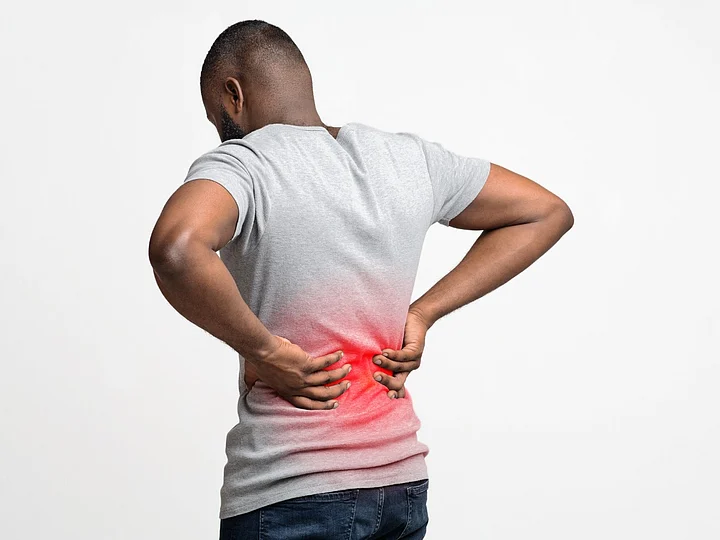Sciatica is a condition in which a person experiences pain that travels along the path of the sciatic nerve, that is from the lower back through the hips and buttocks and down each leg.
Sciatica is caused when a herniated disk or an overgrowth of bone pressurizes a part of the nerve thus causing inflammation, pain, and numbness in the affected leg.
Sciatica-related pain can be extremely severe in a few cases but the pain can be reduced or cleared up with a proper treatment in a few weeks. Severe sciatica which leads to serious leg weakness or bowel or bladder changes may need to undergo surgery. Let's have a quick look at the causes, symptoms, diagnosis, and treatment of sciatica.
Sciatica Symptoms
According to the doctors of the Mayo Clinic, here are a few symptoms of sciatica that people often experience:
Moderate to severe pain in various areas like- lower back, buttock, and legs.
Feeling of numbness or weakness in the lower back, buttock, leg or feet.
Sciatica-related pain may worsen with movement resulting in loss of movement.
You may experience a feeling of “Pins and needles” in your legs, toes or feet.
Sciatica patients may often experience loss of bowel and bladder control.
Sciatica: Causes & Risk Factors
According to the doctors of Cleveland Clinic, sciatica occurs when the sciatic nerve is pinched or pressurized somewhere. The cause may include herniated disk in the spine or an overgrowth of bone, commonly known as bone spurs that commonly develop on the spinal bones. At times, even a tumor can put pressure on the nerve thus damaging the nerve for long term.
Risk factors for sciatica include:
Age-related changes in the spine including herniated disks and bone spurs.
Obesity puts unwanted stress on the spine.
A job in which a person has to keep twisting the back, carrying heavy loads or driving a motor vehicle for long periods.
Sedentary lifestyle or jobs which require long hours of desk work.
Diabetes affects the way the body uses blood sugar, and increases the risk of nerve damage.
Sciatica: Diagnosis
According to Healthline, a doctor will examine a patient physically and then perform various tests that include:
Spinal X-rays to make sure there are spinal fractures, disk problems, infections, tumors, or bone spurs.
Magnetic resonance imaging (MRI) or computed tomography (CT) scans to get detailed images of bone and soft tissues of the back. MRI can help find the pressure causing the problem.
Electromyography helps examine the electrical impulses that travel through the sciatic nerve and their response to muscles.
A myelogram helps find out if any vertebrae or disk is causing the pain.
Sciatica: Treatment
Your healthcare provider may prescribe medications like muscle relaxants to relieve muscle spasms, painkillers, and anti-seizure medications depending on the level of pain and treatment plan.
Doctors may ask you to go for physical therapy to find the right exercise movements to reduce sciatica pain by reducing pressure on the nerve. Exercise plans may include stretching and aerobic exercises to strengthen the muscles of your back, abdomen, and legs.
Spinal injections into the lower back to reduce the pain and swelling around the affected nerve roots for a short-time.
Alternative therapies help treat and manage all kinds of pain. Alternative methods include yoga or acupuncture. Massage might also help manage muscle spasms while biofeedback may help manage pain and relieve stress.
(At The Quint, we question everything. Play an active role in shaping our journalism by becoming a member today.)
